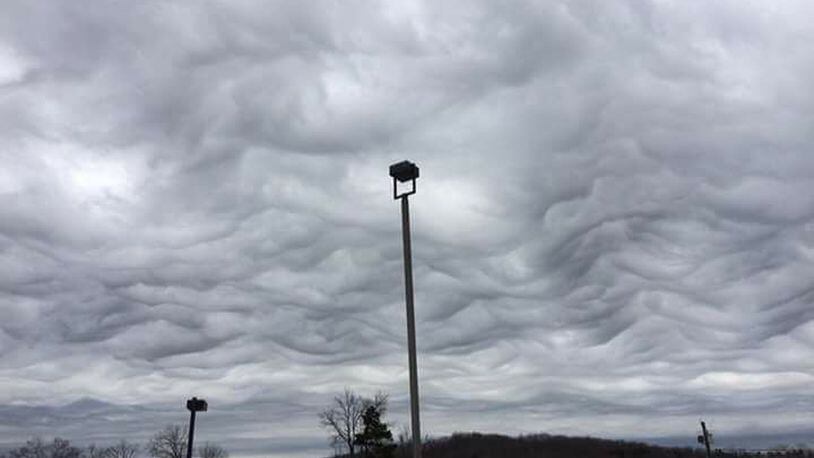At first glance, the clouds looked like rolling, storm waves in an ocean. In fact, these clouds almost look apocalyptic.
It turns out that last Friday, March 24, the World Meteorological Organization (WMO) added this cloud to their official “cloud atlas” nearly 12 years after the clouds were first discovered.
The cloud atlas, which classifies and defines clouds, was first published in 1896 and, according to WMO, “is the single most authoritative and comprehensive reference for identifying clouds.” The atlas’ information is used by 191 countries. The name given to these clouds was “Asperatus.” These strange, wave-looking clouds are part of the cumulus cloud family.
The turbulent Asperatus clouds first caught the attention of Gavin Pretor-Pinney, founder of the Cloud Appreciation Society in 2006. Gaven then began a decade-long campaign to have the WMO formally recognize the new cloud. Varying levels of illumination and thickness of these clouds lead to some very dramatic visual effects.
Although these clouds appear dark and storm-like, they almost always dissipate without a storm forming. The ominous-looking clouds have been particularly common in the Plains states of the United States, often during the morning or midday hours following convective thunderstorm activity.
Here in southwest Ohio, these clouds have often been spotted just before or just after thunderstorms have moved through.
Asperatus cloud sightings are an awesome reminder that our atmosphere is an ocean of gas, complete with cloud waves crashing high above us. These clouds occur when atmospheric instability associated with rising air is widespread enough to create almost total cloud cover. Combine this with turbulence and wind shear, and this will create wavy, rough ocean-like visual effects!
Just a heads up - if you do happen to notice these clouds overhead and you are planning to fly somewhere on a trip, you can expect a bit of a bumpy flight!
Eric Elwell is chief meteorologist for WHIO-TV NewsCenter 7.
About the Author
